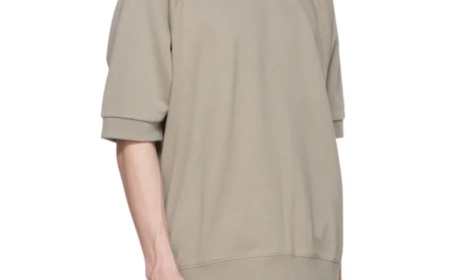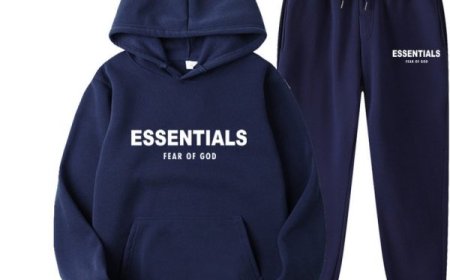Why Winter Driving in Salt Lake City Raises Accident Risks
Snow, ice, and reduced visibility make winter driving in Salt Lake City more dangerous. Learn why accidents rise in winter and how proper liability coverage protects you.

Salt Lake City is known for its stunning mountain views and world-class ski resortsbut along with the beauty comes challenging winter road conditions. Heavy snowfall, icy streets, and freezing temperatures make driving more dangerous during the colder months.
For drivers, understanding these risks is not only a matter of safety but also an important factor in choosing the right vehicle liability coverage in Salt Lake City. The higher likelihood of accidents means your insurance policy needs to be strong enough to protect you financially.
How Winter Weather Impacts Driving in Salt Lake City
Utah winters can bring:
-
Heavy snow accumulation on major highways like I-15 and I-80
-
Black ice on bridges and overpasses, making sudden braking nearly impossible
-
Reduced visibility from snowstorms and fog rolling in from the Wasatch Mountains
-
Longer stopping distances, even for vehicles with all-wheel drive
Even experienced drivers find these conditions unpredictable, which is why accident rates typically rise between November and March in the Salt Lake Valley.
Common Winter-Related Accidents
The most frequent accidents during Salt Lake City winters include:
-
Rear-end collisions due to slippery roads
-
Multi-car pileups on highways when drivers cant stop in time
-
Single-car accidents like sliding into curbs, barriers, or ditches
-
Pedestrian accidents, as icy sidewalks push more people onto the roads
These accidents often result in both property damage and bodily injuries, which can quickly exceed Utahs minimum insurance limits.
Why Liability Coverage in Utah Matters More in Winter

Utahs minimum auto insurance only requires $25,000 per person/$65,000 per accident for bodily injury and $15,000 for property damage, but in a winter pileup, those limits may not be enough.
If youre found responsible for a multi-vehicle accident on an icy road, the costs can easily surpass minimum coverage. Thats why experts recommend higher liability limits or adding umbrella coverage for better protection.
Your vehicle liability coverage in Salt Lake City should reflect the increased risks of winter driving. Its not just about staying legalits about ensuring youre not left paying thousands out of pocket after a severe accident.
No-Fault Insurance and Winter Accidents
Since Utah is a no-fault state, your own Personal Injury Protection (PIP) covers the first $3,000 of medical expenses after an accident. However, serious injurieslike those caused by slipping into oncoming trafficcan easily exceed that amount, leaving you vulnerable to lawsuits if your liability limits are too low.
How to Reduce Winter Driving Risks
While you cant control the weather, you can reduce your accident risk by:
-
Installing winter tires for better grip on icy roads
-
Leaving extra space between your car and the vehicle ahead
-
Avoiding sudden stops or sharp turns that cause skidding
-
Using headlights in snowstorms for better visibility
-
Staying home during severe winter warnings whenever possible
Safe driving habits can also earn you discounts on your insurance, as many companies reward accident-free drivingeven during challenging conditions.
Insurance Tips for Winter Months
-
Consider collision coverage, especially if you drive a newer or financed vehicle.
-
Increase your property damage liability limit beyond the state minimum of $15,000.
-
Add roadside assistance coverage, since breakdowns are more common in extreme cold.
-
Review your deductible to ensure its affordable in case of a winter claim.
Final Thoughts
Winter driving in Salt Lake City isnt just inconvenientits riskier, more expensive, and can lead to costly accidents. While good driving habits and proper vehicle maintenance reduce some danger, your insurance is your financial safety net when conditions turn treacherous.
Review your vehicle liability coverage in Salt Lake City before the winter season begins to ensure youre fully protected. The right coverage can mean the difference between a minor inconvenience and a major financial burden after a winter accident.































